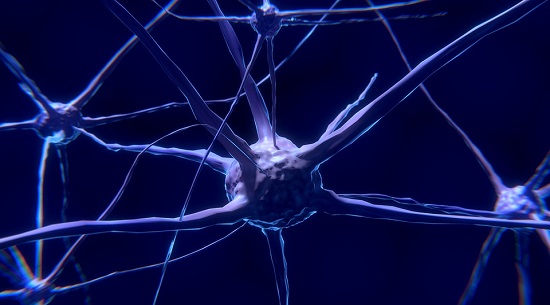UK Pilot Study to Evaluate Effects of Stem Cell Therapy in Friedreich’s Ataxia Patients
The clinical benefits of stem cell therapy in Friedreich’s ataxia patients will be assessed in a small pilot study at the University of Bristol in the United Kingdom.
The clinical benefits of stem cell therapy in Friedreich’s ataxia patients will be assessed in a small pilot study at the University of Bristol in the United Kingdom.
Friedreich’s ataxia (FA) is a rare neurodegenerative disorder caused by mutations in the FXN gene, which contains instructions to produce frataxin, an essential protein for the normal functioning of mitochondria — the powerhouses of the cell.
These mutations significantly decrease the production of frataxin, causing mitochondrial dysfunction and impaired energy production. Considering the intense energy demand and limited regenerative capacity of nerve cells, this dysfunction can have serious effects on nerve cell survival and has been associated with neurodegenerative disorders.
Many of the symptoms and disease complications can be treated to help individuals maintain optimal functioning as long as possible, but so far, no treatment has been able to reduce disease progression.
“There has been much excitement and hope over a number of years that stem cell therapies might provide an effective treatment for a variety of neurodegenerative diseases including FA,” Alastair Wilkins, MD, PhD, one of the study’s researchers, said in a press release.
Stem cells have the remarkable potential to develop into many different cell types in the body and to replicate rapidly. They have a key role in the body’s healing process, and the stimulation or introduction of stem cells has shown great promise in the treatment of many conditions.
Stem cells, particularly those in bone marrow, were shown to migrate and integrate the nervous system, where they may develop into nerve cells.
Granulocyte-colony stimulating factor (G-CSF) stimulates the production of stem cells within the bone marrow and their circulation around the body. G-CSF is commonly used to help chemotherapy recovery in blood cancer patients, and to increase the number of stem cells in the blood of healthy people before bone marrow donation.
G-CSF was shown to increase the number of bone marrow-derived stem cells in the brain of both healthy mice and mice with brain injury. It has the potential to increase nerve cell repair in Friedreich’s ataxia. Previous studies from the Bristol team showed that G-CSF increased frataxin levels and improved Friedreich’s ataxia symptoms in mouse models of the disease.
Now, researchers want to find out if the same is true in patients with the condition. The pilot study, which aims to recruit seven patients, will analyze blood markers of Friedreich’s ataxia before and after G-CSF treatment.
G-CSF will be injected under the skin of patients for five consecutive days, at a similar dose given to healthy people before a bone marrow donation. Patients will be assessed by a doctor before treatment, at the end of treatment, and two weeks after the end of treatment.
Blood markers will be assessed in blood samples taken over the subsequent two weeks to evaluate how patients have responded to treatment.
The researchers noted that if the pilot study shows a positive response to G-CSF treatment, a larger and longer clinical trial should be performed. The current study will also help to define the dosage and suitable patients for a future larger clinical trial.
This study is being funded by the university’s Elizabeth Blackwell Institute for Health Research and ataxia charities Friedreich’s Ataxia Research Alliance and Ataxia UK.





ارسال به دوستان